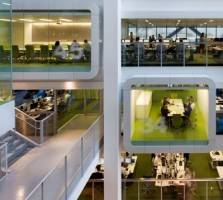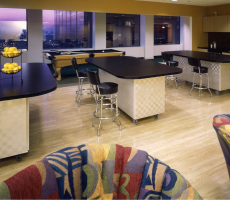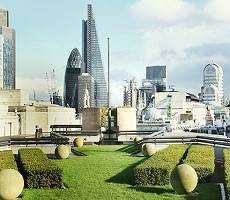April 16, 2015
WELL building standard launched in China 0
 The Green Building Certification Institute (GBCI) and the International WELL Building Institute (IWBI) have launched their WELL Building Standard in China. The standard sets out to improve the health and wellbeing of people and claims to complement international green building rating programs such as LEED, BREEAM International and Three Star. The Standard is a performance-based system for measuring, certifying and monitoring features that may impact human health and wellbeing, through air, water, nutrition, light, physical health, comfort and mental and psychological wellbeing. The standard claims to be based on medical research that links buildings with the health and wellness of the people working and living in them and helps building owners and occupiers to understand those links and create a healthier working environment.
The Green Building Certification Institute (GBCI) and the International WELL Building Institute (IWBI) have launched their WELL Building Standard in China. The standard sets out to improve the health and wellbeing of people and claims to complement international green building rating programs such as LEED, BREEAM International and Three Star. The Standard is a performance-based system for measuring, certifying and monitoring features that may impact human health and wellbeing, through air, water, nutrition, light, physical health, comfort and mental and psychological wellbeing. The standard claims to be based on medical research that links buildings with the health and wellness of the people working and living in them and helps building owners and occupiers to understand those links and create a healthier working environment.























April 12, 2015
A preview of this year’s Milan International Furniture Fair 0
by Justin Miller • Comment, Events, Furniture, Workplace design
(more…)